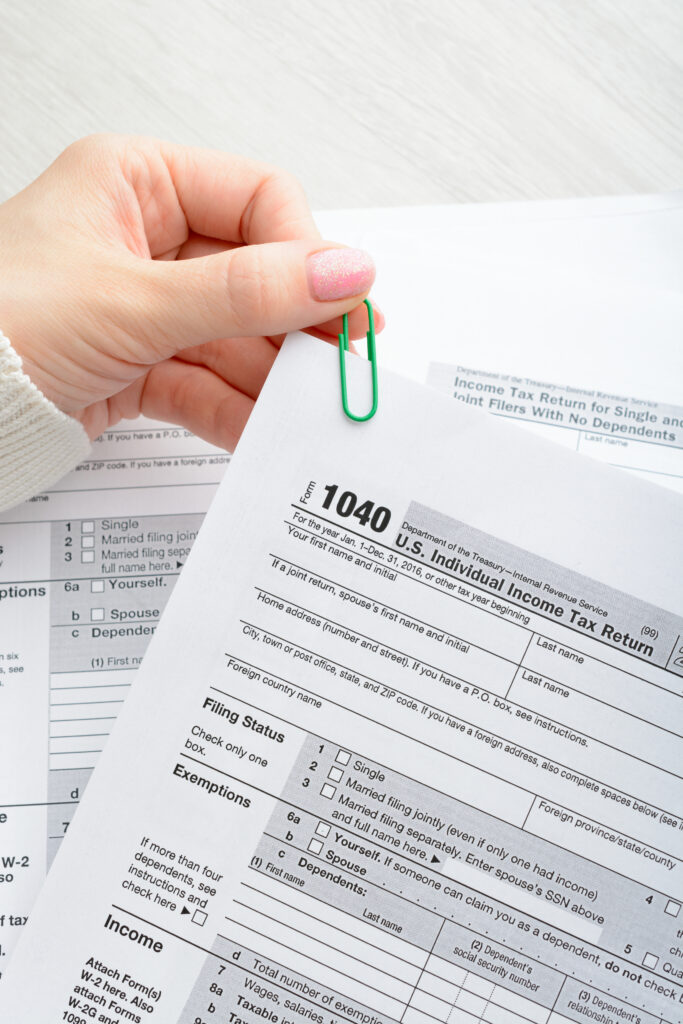Is Your Gratuity Program Compliant?
The hospitality industry is known for its excellent service. One way that hotels can recognize and reward the hard work of their associates is through implementing digital tipping at their properties to bolster associate earnings. The results have exceeded hoteliers’ expectations. In one study, Evention found an increase of almost $10 per tip in one month of implementation. However, not all employees have the same opportunity to interact with guests. To help, some hotels opt to implement a pooling structure to ensure that all employees receive a fair share of tips, rather than just those who interact with guests the most. Implementing a tip pool can be challenging, especially when it comes to IRS compliance. Fortunately, some digital tipping systems also automate the tip distribution process which can help in tip pooling IRS compliance.
The Fair Labor Standards Act (FLSA) Tip Regulations under the Fair Labor Standards Act (FLSA) | U.S. Department of Labor (dol.gov) is the federal law that governs tip pooling for employers. According to the FLSA, employers may implement a tip pooling system as long as certain requirements are met. We recommend that you familiarize yourself with the FLSA and your local pooling laws before implementing a tipping pool. Automation can help you remain compliant and streamline audits within these 3 requirements from the FLSA.

- Employees must be informed about the tip pooling system and how it works. This includes the percentage of tips that will be allocated to the tip pool, and which employees are eligible to participate. One of the main challenges of implementing a tip pooling system is keeping track of the tips collected and distributed to employees and then reporting on these tips. This can be a time-consuming process that is prone to errors, especially when done manually through excel sheets and cross-referencing reports. Through an automated tipping system employers can streamline the process of tracking tips and ensure that all employees receive a fair share of tips. You can also offer your associates direct visibility to tip rules and allocation via an employee facing portal.
- All employees who are part of the tip pool must be able to share in the tips equally. This means that the tips must be distributed based on a predetermined formula or percentage, rather than at the discretion of the employer or any employee. An automated tip management system can help employers keep accurate records of all tips collected and distributed. The software can automatically calculate the amount of tips that should be distributed to each employee based on the agreed upon percentage allocated to the tip pool or hours worked. This eliminates the need for error prone manual calculations and provides clear documentation of all adjustments, that may be if an associate forgets to clock in or clock out.
- Employers are required to keep accurate records of all tips collected and distributed, and to report all tips as income on the employees’ W-2 forms. This includes both cash tips and digital tips charged to the guest’s credit card. In addition to tracking tips, automating your tip management can also help generate reports that show how much each employee has received from the tip pool. These reports can be used to ensure that all employees receive a fair share of tips according to their agreed rules as is compliant with IRS regulations. They can also ensure that all tips are reported as income on employees’ W-2 forms through reports that show the amount of tips that have been distributed to each employee.
In conclusion, automation can aid in tip pooling IRS compliance in all areas of the hotel industry. By automating the process of tracking tips, employers can ensure that all employees receive a fair share of tips and show with full accuracy where tips are being allocated. Additionally, automation can help ensure that all tips are reported as income on employees’ W-2 forms, reducing the risk of legal issues. By leveraging technology, employers can create a fair and compliant system that rewards the hard work of their associates.
**UPDATED January 03, 2024**
- Employees who receive tips are classified as tipped employees if they make more than $30 in tips per month.
- You can pay tipped employees less than the standard minimum wage, if the total amount of tips, combined with the hourly pay, reaches or exceeds the federal minimum wage of $7.25. If not, employers are required to make up the difference through a tip credit.
- Employers, supervisors, and managers are not allowed to keep any portion of employee tips, no matter the situation.
- Non-tipped employees, like cooks and dishwashers, can participate in the tip pool if you pay tipped employees the full minimum wage without applying a tip credit.
- Gratuity for a mandatory tip pool must be distributed entirely within the same pay period they were collected.
- Employers who do not take a tip credit, but still collect employees’ gratuity for a mandatory tip pool must maintain payroll or other records that include information about each employee who receives tips and their amounts reported on a weekly or monthly basis.
- Employers can use tip credits only if at least 80% of an employee’s work involves activities that generate tips and no more than 20% involves support work, like setting tables or cleaning the bar. (The 80/20 Rule)
InstaTip is a digital tipping solution that offers full tip management allocation through Evention’s Tips + Gratuities reconciliation system. Tips + Gratuities has been the #1 gratuity reconciliation solution in the hotel industry for nearly 20 years. When choosing a digital tipping solution choose a solution that you trust to bring your team the best result.


